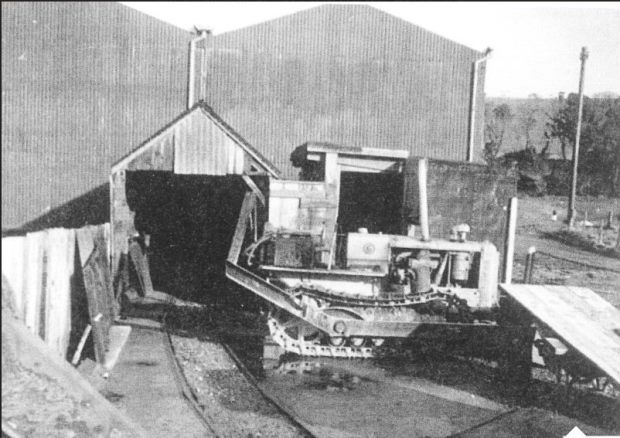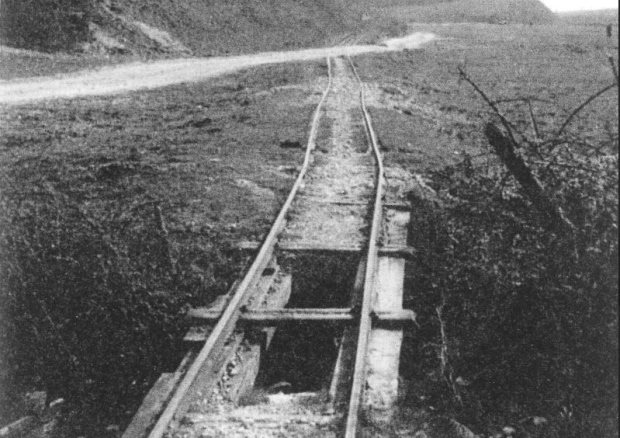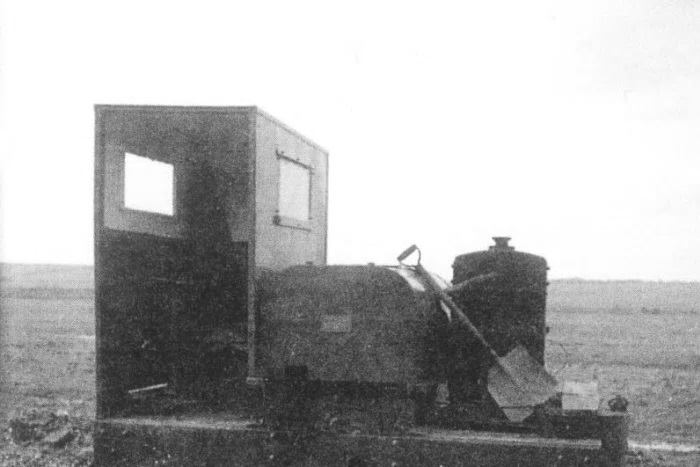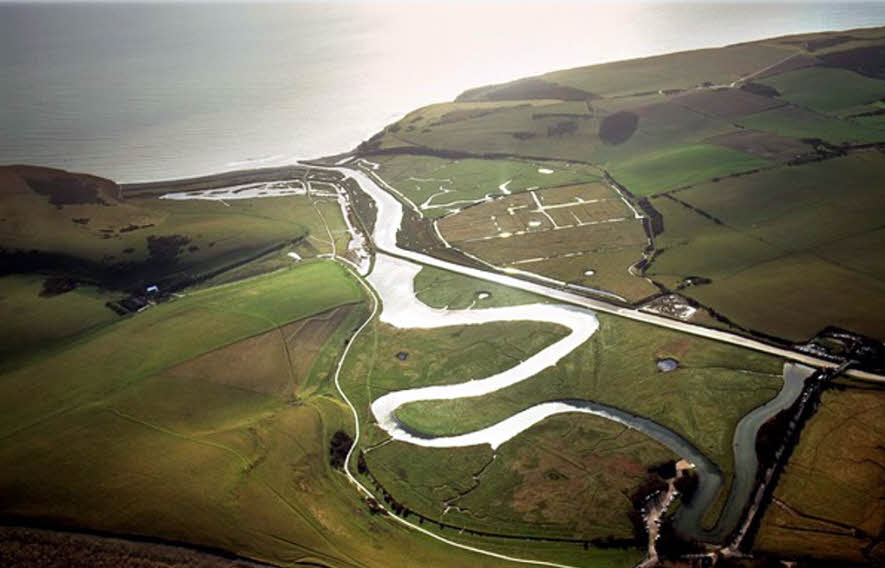
The Haven from the South
Cuckmere - a History
00,
Southern Railway/British Railways (Southern), 1 @ 8 feet

The Haven from the South
In 1886 an Act was passed to build a six mile long railway from Berwick (Sussex)
to Cuckmere Haven with detailed changes by an 1888 Act. The railway route would
have been from Berwick Station via the village of Berwick, Alfriston,
Litlington, Except, Foxhole, to Cuckmere Haven. The route is topographically
logical dropping 69 foot from Junction to terminus with the main problem being
avoiding the marshy valley bottom. The railway was to link the London Brighton
and South Coast Railway (LB&SCR) to a harbour planned for Cuckmere Haven, the
only undeveloped river mouth on the Sussex coast. The harbours upsides were deep
water close to the shore and easy to dredge bar & marsh. The down sides were it
would require frequent dredging, the narrow valley would be constraining, and
it's difficult to see what it could provide that Newhaven Harbour couldn't
provide cheaper. Because of the long shore drift the 1993 Sovereign Harbour to
the east of Eastbourne needs frequent dredging to keep the access channel
between sea and locks deep enough for vessels. The railway and harbour were
abandoned by an 1891/2 Act.
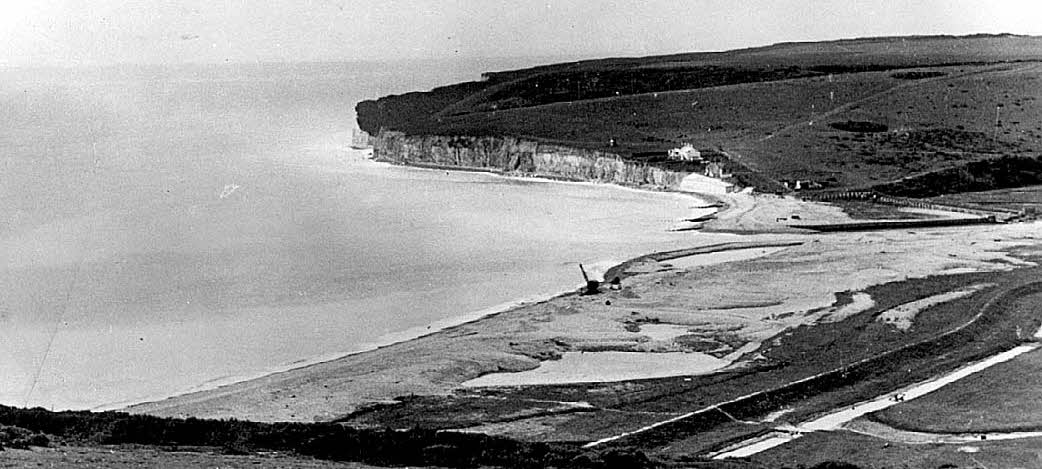
The Haven from the East
An alternative
history would have been a railway built without the harbour producing a minor
LB&SCR rural branch or independent light railway. Travel to Seaford and
Eastbourne via road is much shorter than by rail so local passenger services
might have been withdrawn in the 1930s or 1940s with goods services hanging on
till the 1950s or 1960s. The LB&SCR and Southern Railway might have tried to
close the line during the World Wars. The Brighton, Lewis, and Hasting Railway
was electrified in May 1935. It is now called the East Coastway Line.
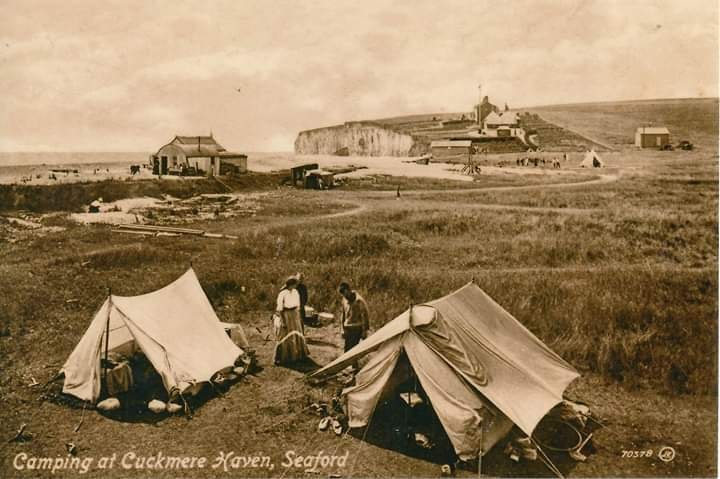
The parishes served (population in the railway age) were Berwick (1,100), Alfriston (600), and Westdean (100). Scaling up from Usk suggests daily (Monday to Saturday) traffic on the branch of 44 passengers, 42 parcels mostly milk, 2½ wagons of coal, 2½ wagons of in bound, and 2½ wagons of out bound goods. The three parish's agriculture is largely cattle and sheep grazing so inbound feed and outbound milk & live animals. In addition there would have been 2-3 wagons of sand and shingle extracted from Cuckmere Haven with the help of a 2-foot gauge tramway (sometimes called the Cuckmere Valley Light Railway) till 1964. The limited local traffic suggests a service of four passenger/mixed and one goods (as required) train daily. From Edwardian days tourism became increasingly important with now an estimated 350,000 visitors per year. Summer weekends would have bought through coaches even trains that after electrification would have been replaced by an intensive shuttle service like the Hayling Island Branch.

Caravanning at Cuckmere Haven
The railway would have had stations at Berwick Court (for the village of
Berwick), Alfriston, & Cuckmere Haven and halts opened in 1905 at Litlington,
Except, and Foxhole. Stations would have a short platform, station buildings,
and siding. Signalling would be one train in steam. As the station for Westdean
Cuckmere Haven's daily traffic would have been 2 passengers, 2 parcels, 2-3
wagons of sand & shingle, and ½ a wagon of other. Its other main role would have
been some where to turn round trains. The station porter wouldn't have been over
taxed.
'm assuming the station master at the junction would manage the branch with a
porter at each station. After the introduction of the eight hour rule in 1919
some passenger trains would become pay trains with porters working split shifts
to meet 'peak' trains.
The Cuckmere Haven Light Railway
